RAF Grafton Underwood – A History
RAF Grafton Underwood was located a short distance from the village of Grafton Underwood, near Kettering in Northamptonshire.
Built on land requisitioned from Boughton Estate, the airfield was constructed by George Wimpey & Co. Ltd and was completed in 1941, initially for RAF use. The airfield nestled between ancient hunting woodlands of Boughton House, its construction forcing the demolition of two farm complexes, although several old buildings did survive and became enclosed within the airfield boundaries for the duration of the war. The woodlands were used as a natural camouflage defence and housed several aircraft hardstanding points, bomb dumps and Communal areas.
With the entry of America into World War 2, the airfield was earmarked for USAAF (United States Army Air Force) use and during 1942, the airfield was bought up to Class A standard. This entailed some significant changes to the original airfield with the runways being eventually lengthened to 6,000ft x 150ft (Runway 1), 5,200ft x 150ft (Runway 2) and 4,200ft x 150ft (Runway 3). Additional hard standings for aircraft were constructed, a larger bomb store was built again housed in the woodland of Old Head Wood near Warkton Common, and accommodation sites and their supporting infrastructure were all upgraded.
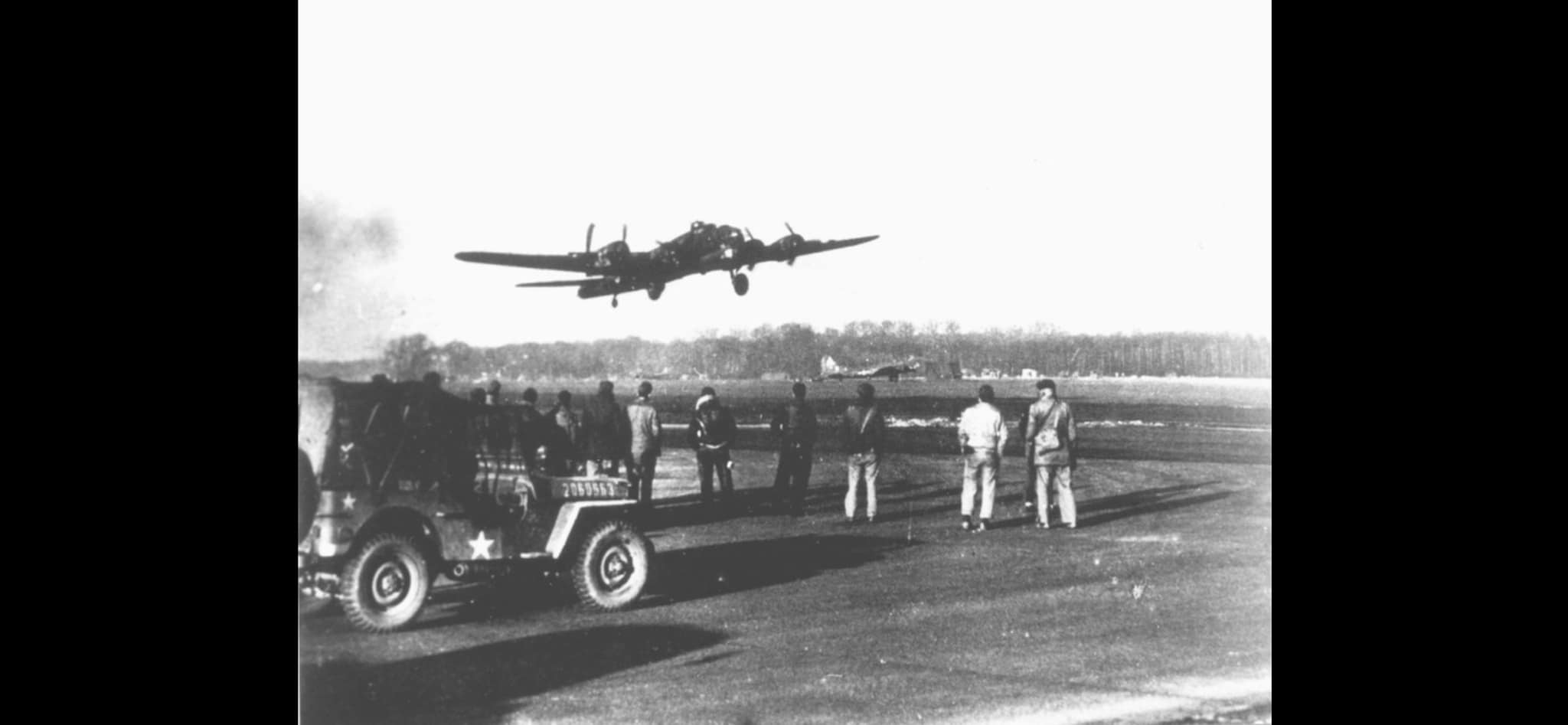
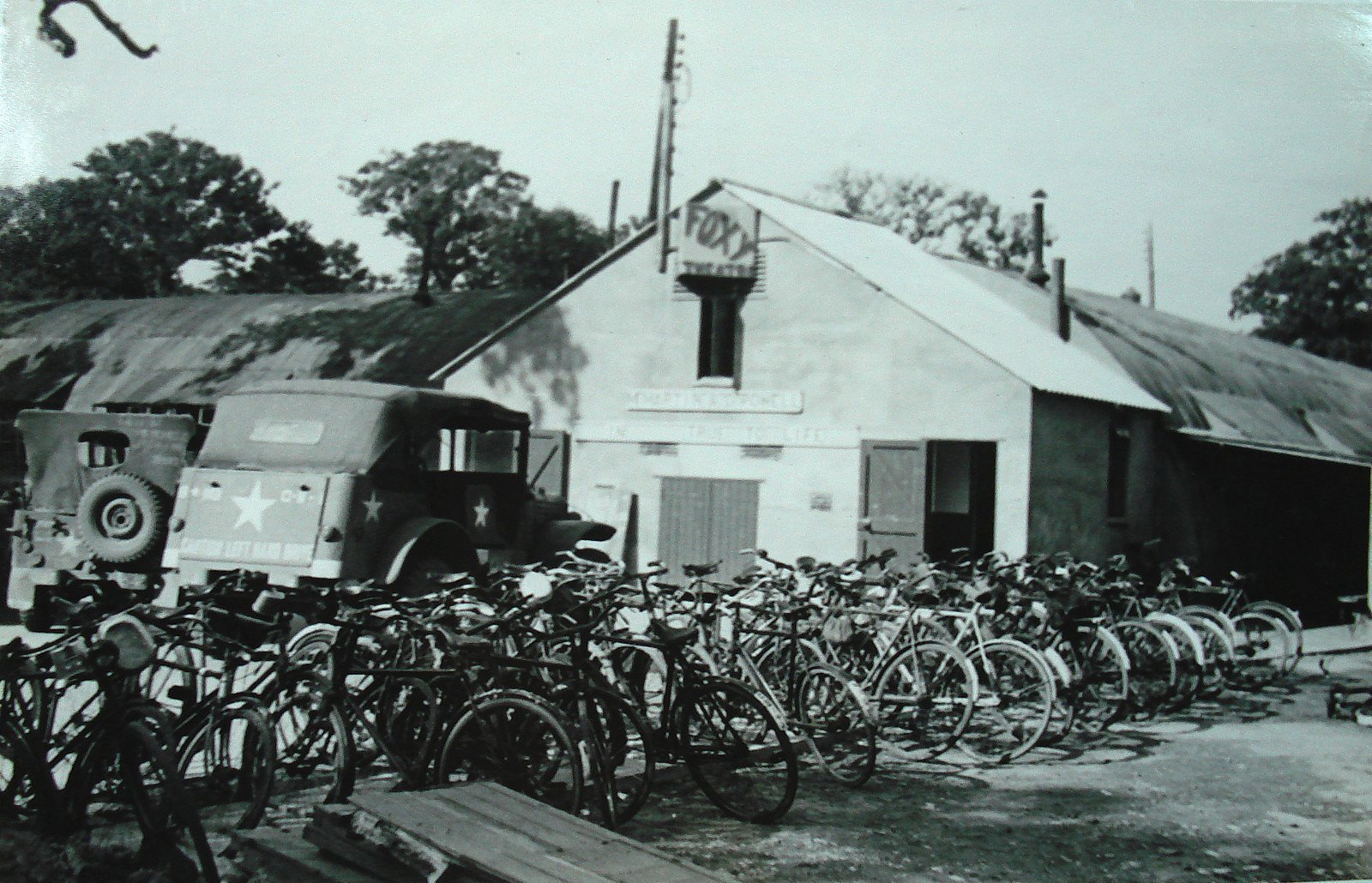
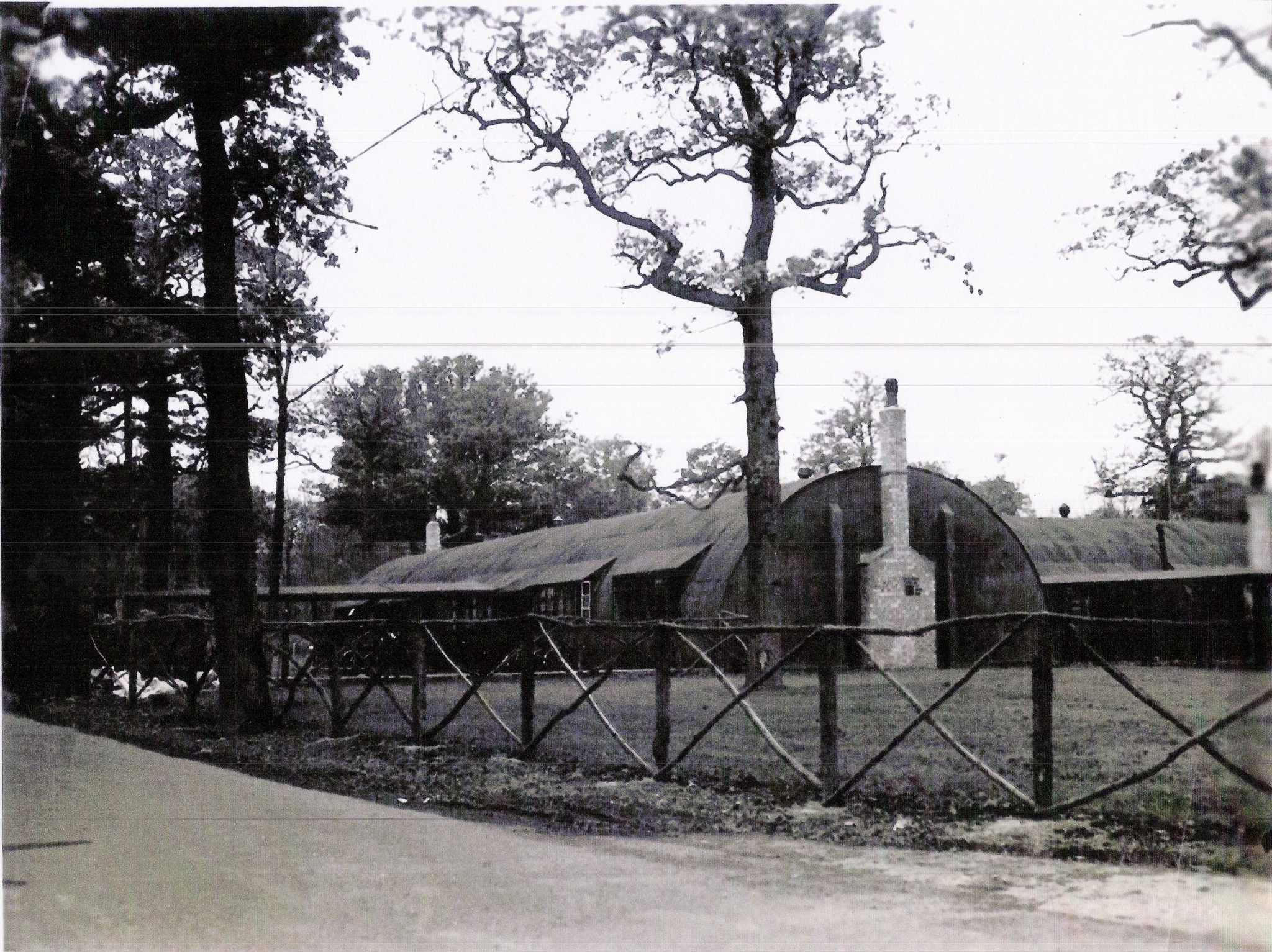
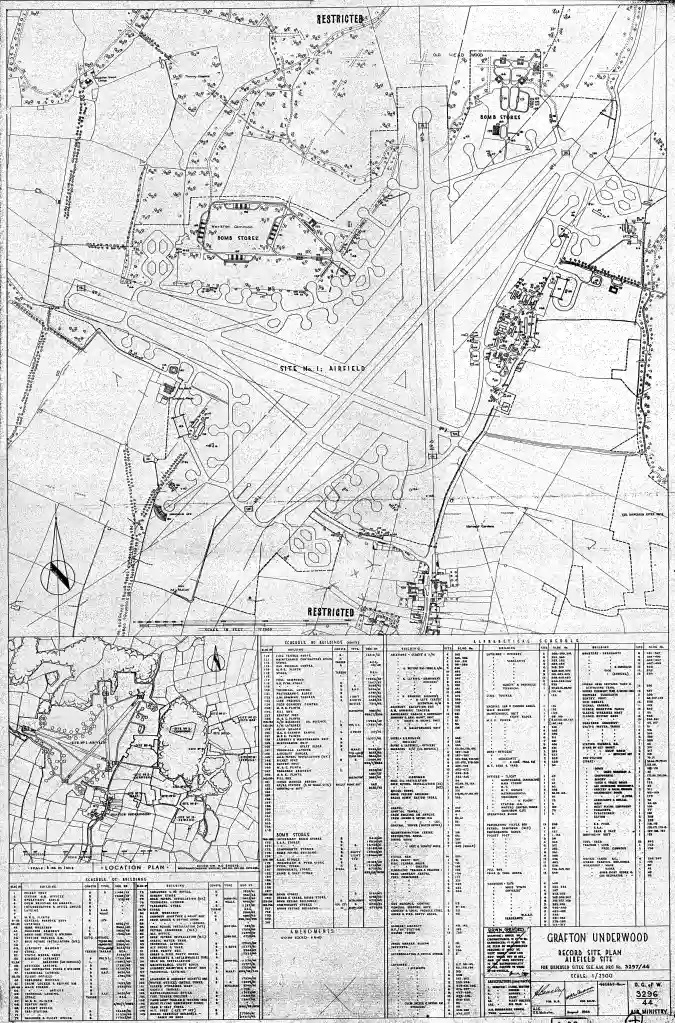
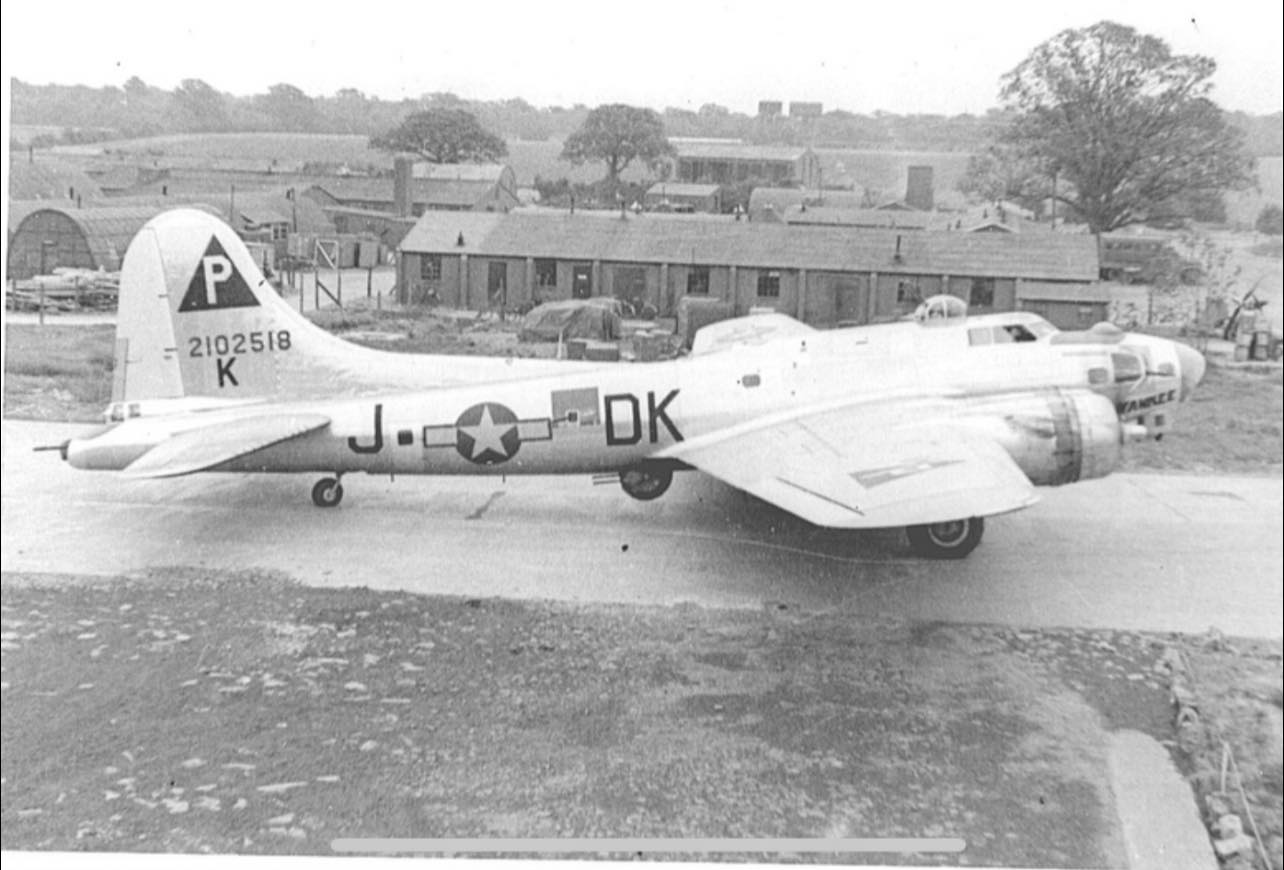
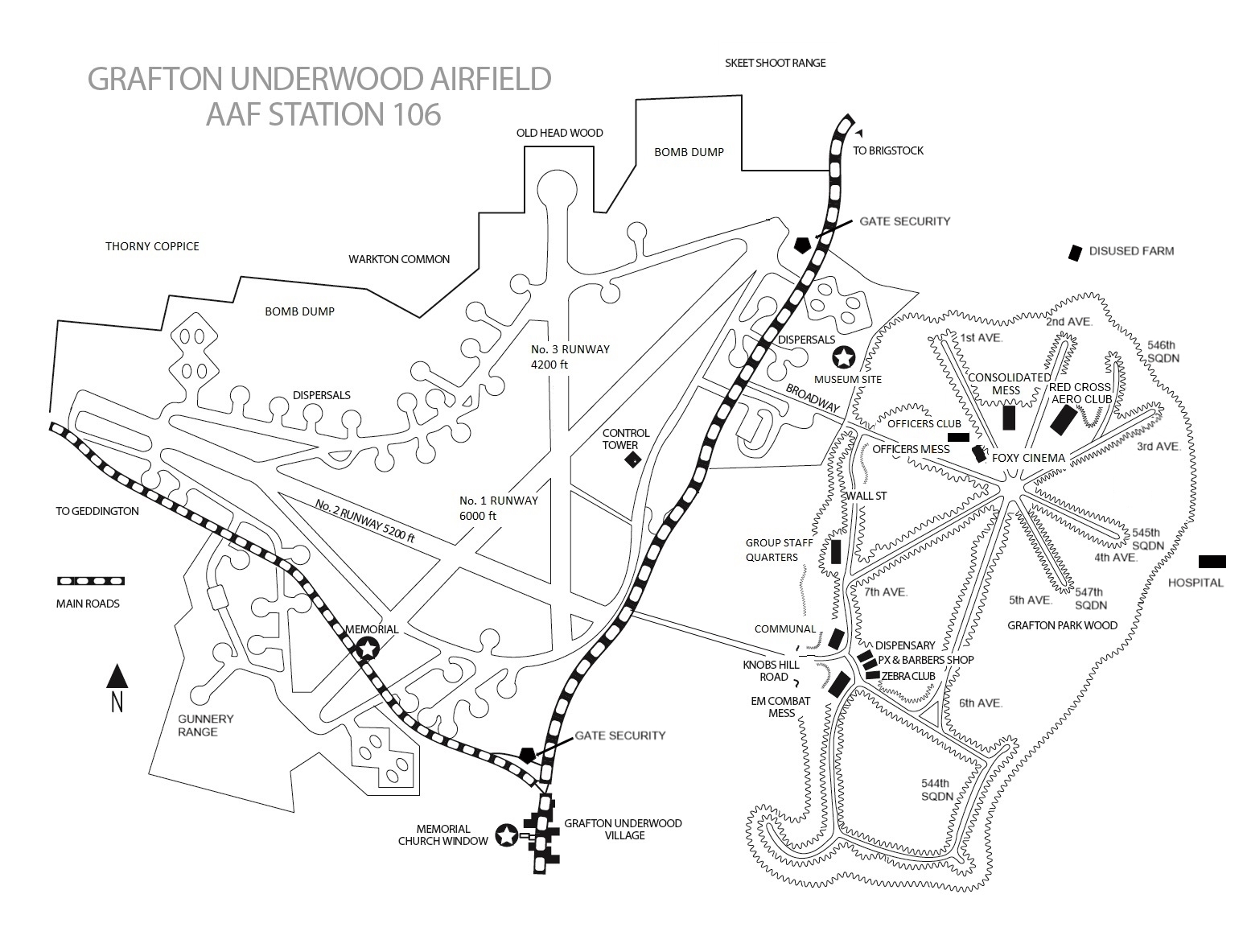
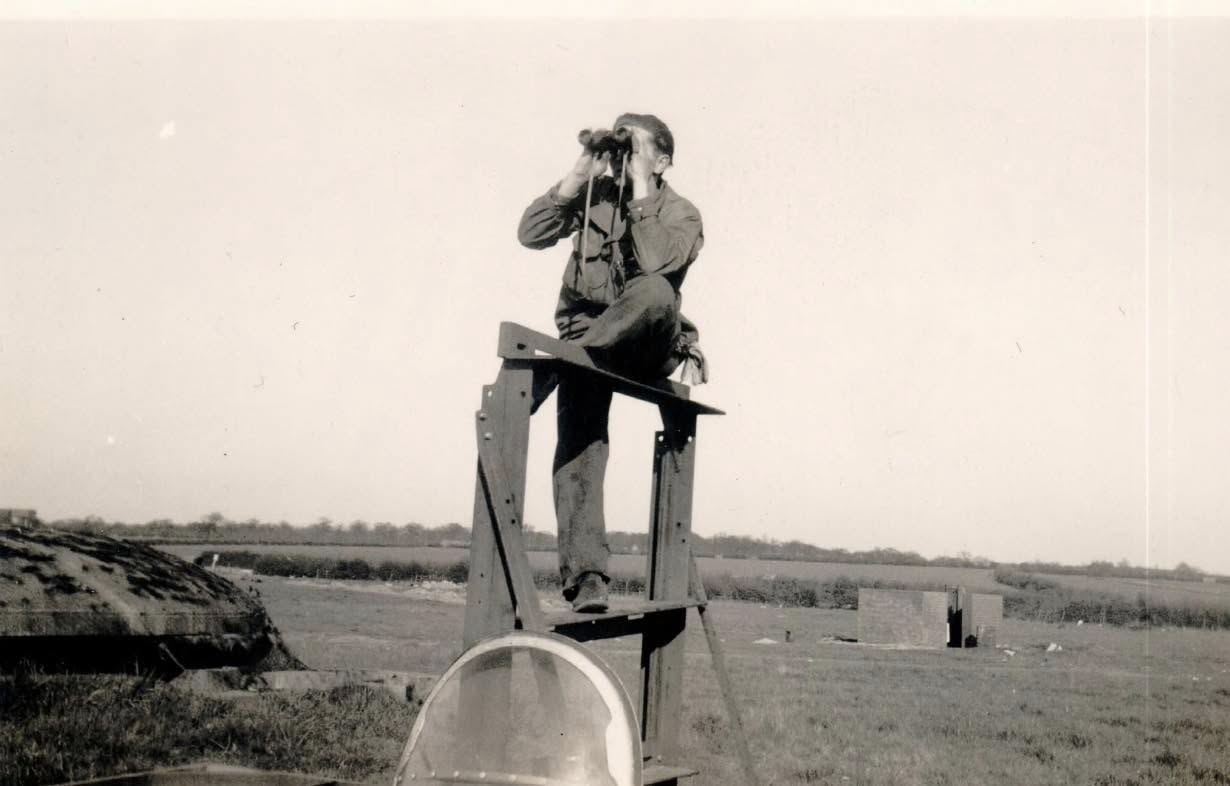
The first USAAF units arrived mid-May 1942 (15th Bomb Squadron), with the 97th BG replacing them by July 1942, equipped with B17E's. History was made on 17th August 1942 when the first raid by USAAF 8th Air Force heavy bombers flew from the airfield. Late October 1942 saw the arrival of the 305th BG, April 1943 saw them replaced by the 96th BG, who in turn made way for the 384th BG in early June 1943. They remained in residence for the duration of WW2.
With the end of the war in Europe, the 384th Bomb Group were to move to Istres, in France leaving the airfield deserted. Eventually returned to RAF ownership, the base became home to 236 Maintenance Unit, their purpose was to collate, repair and then auction off surplus military vehicles. Photographs taken in 1954 show the infrastructure of the airfield still largely complete, but now military vehicles line the runways, taxiways and dispersal points awaiting selling off. By early 1959 their work was complete, and on 1st February 1959 the airfield was officially declared surplus to requirements.
Passed back into Boughton Estate ownership runways, taxiways and hard standings were steadily lifted to free up the land again, and many of the surviving buildings were repurposed, including the use of some accommodation huts as temporary housing and maintenance buildings eventually used for light industries.
Today much of the flying part of the airfield has returned to arable use. Small sections of runway remain, with taxiways narrowed and repurposed for access roads around the site. Most hard standings have been removed to ease the working of the land. The control tower was demolished, and the two T2 Hangars taken down and moved elsewhere.
Sited deep within the ancient Grafton Park Wood, nearly all of the Communal site buildings no longer stand, nature and the effects of time having sealed their demise. Many concrete pads do remain hidden in the undergrowth, as do several bomb shelters with their durable construction withstanding decay.
With their substantial structure, today the Operations Block and Norden Bomb Sight Store do remain in reasonable condition on the Station Headquarters Site, these buildings and this area becoming the home of the 384th Bombardment Group Museum.
